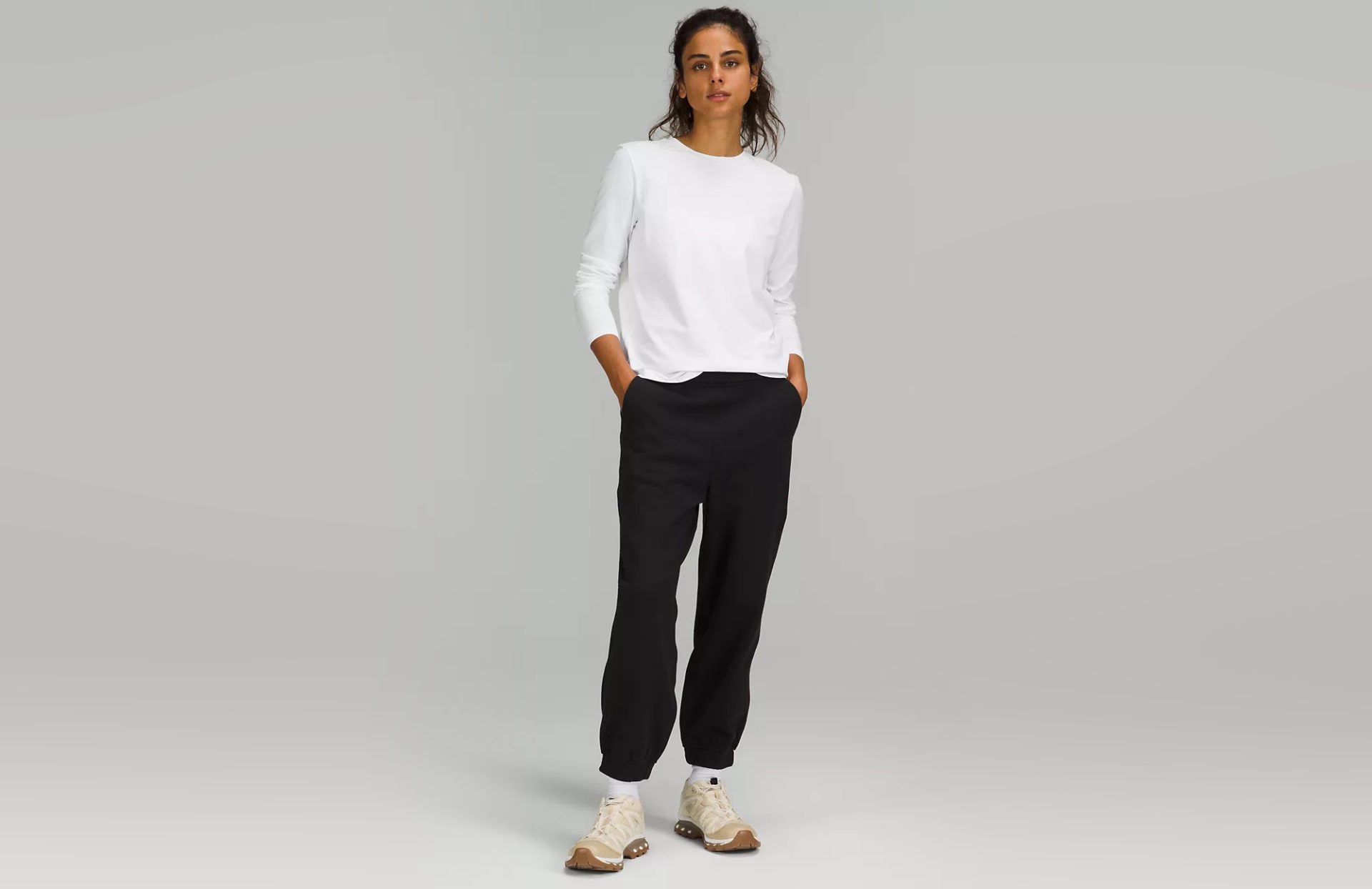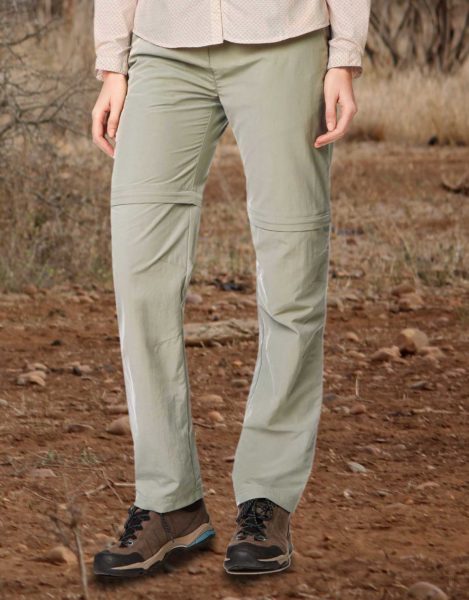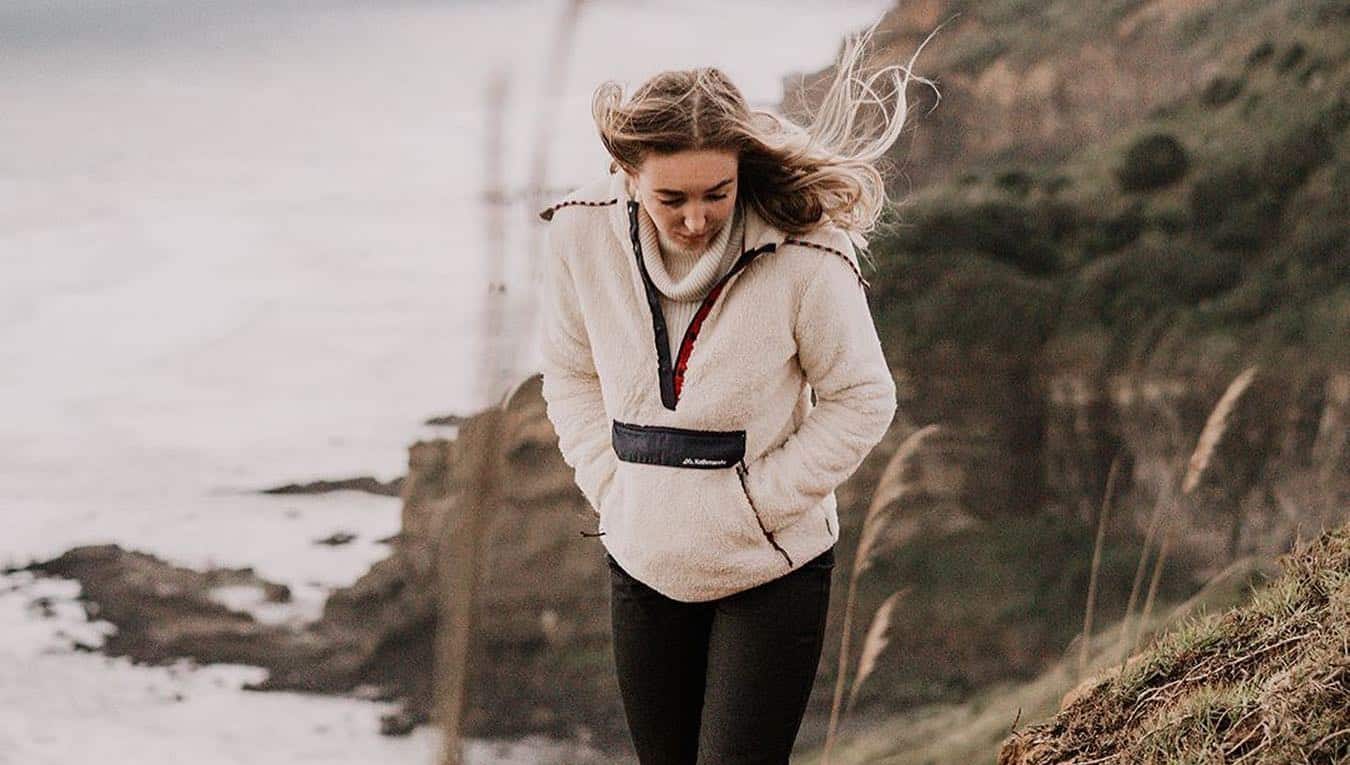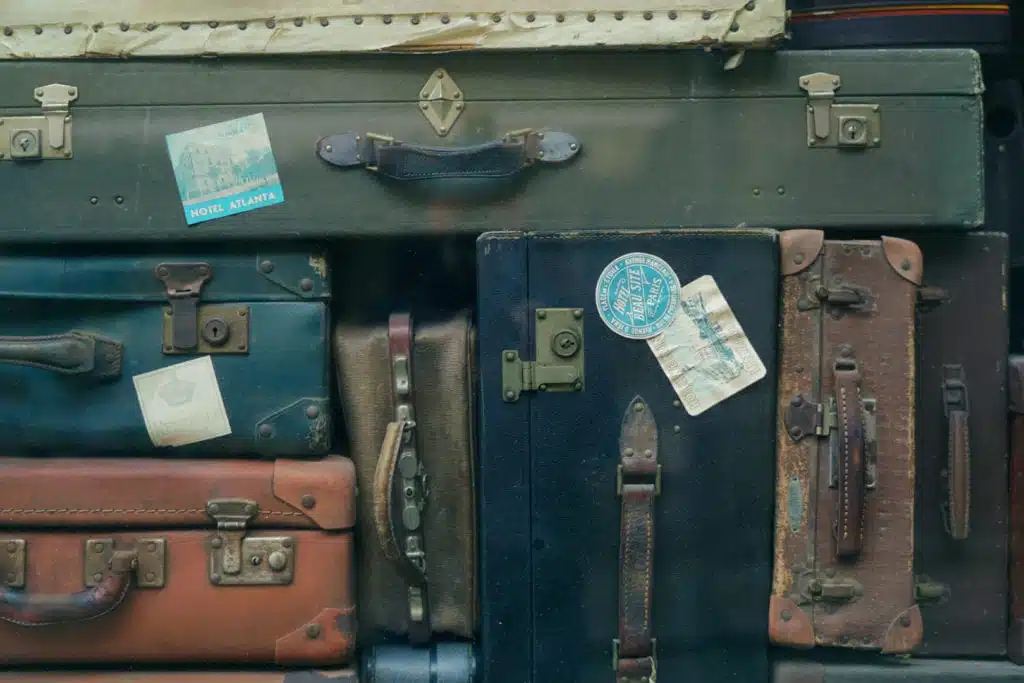EXPERT ADVICE
How the Pros Pack for a Safari
Packing for your safari can be tricky at best, if not utterly bewildering.
On the one hand, you may have to drag around an excessive wardrobe, half of which remains folded and unworn. On the other, the last thing you want is to be left shivering around the evening campfire or inappropriately attired on your daily game drive.
Born and raised in South Africa, Leora Rothschild knows the climate well, and with 25 years of safari packing experience, she is more than adept in her safari packing skills. Taking just the right amount, selecting items that are versatile and offer multiple uses, but never foregoing that little touch of class, Leora has refined her safari packing to a fine art, from what she takes to how she folds and arranges.
Part two of our series will focus on the paraphernalia – the little gadgets, travel hacks, and vital items not to be forgotten. Today, however, we look at clothing – how to fold it, what to take and how to use it:
BEFORE YOU BEGIN SAFARI PACKING
Leora’s expert advice begins before you even select your wardrobe. Moving continually from camp to camp and destination to breathtaking destination, it becomes increasingly arduous having to unpack and repack all of your clothing.
Packing cubes are amazing in this regard, and incredibly affordable. For just a few dollars, you can organize your entire wardrobe into neatly compact sections; easily accessible, simple to pack and unpack, and an amazing shortcut for your safari trip.

Use one pack for each item style – pants, shirts, underwear, and so on. You then know exactly what to find and where, and rather than removing each item, you can simply take out the entire cube, unzip it, and leave everything inside, clearly visible and easy to select at any moment.
Few things look more organized than a neatly folded suitcase. But taking the time to fold and press is not only inefficient, it is also unsustainable. When rushing to grab a shirt for your dawn game drive, scrabbling through the layers of clothing takes time and will likely end up in a suitcase-full of couture chaos. By folding, you are also continually pressing creases into your garments, and honestly, who wants to break out the iron when on a safari trip?
Inspired by the guru of organization, Marie Kondo, Leora highly recommends rolling your clothing. This saves space, makes each item easier to access, and, above all, reduces the number of creases.
Lastly, your luggage. We will look closer at the types of safari luggage in our next blog, suffice it for now to say that a soft duffel-style bag is essential, rather than a hard-shell suitcase.

LAUNDRY
It is worth noting that the vast majority of camps and lodges will offer a laundry service. Collecting your used clothing in the morning, staff will return it to you washed, dried, and neatly pressed within 24 hours, so it is never necessary for you to pack a different outfit for every day of your trip.
T-SHIRTS
Perhaps t-shirts aren’t your usual style of clothing, but they are incredibly convenient and versatile. Use them as daily attire, an undergarment at cooler times, for exercise or to sleep in on cold nights. They are extremely comfortable, lightweight, and wonderfully compact. They also layer superbly as well. Many destinations in Africa will have significant temperature changes throughout the day, and the nature of your activities may also increase your body heat, so having a t-shirt as your base layer with a buttoned shirt and even a jacket on top will create far more versatility and avoid the need for numerous costume changes throughout your day. Four to six t-shirts will be plenty enough, even for a safari trip spanning several weeks.
A long-sleeved t-shirt or two are also excellent travel companions. These are particularly good in the evening and on flights, giving you that little bit of extra warmth without being bulky. Leora recommends LuLuLemon’s long-sleeved cotton shirt.

BUTTON SHIRTS
With a t-shirt or tank top underneath, a collared button shirt is ideal for your safari trip. Again lightweight and versatile, button shirts offer a little more protection against the climate and insects. If you become too warm, they can conveniently be tied around the waist or stored in your backpack without taking up too much space. In the evening, they can also offer some extra warmth and a little more style, and while the middle of the Maasai Mara may be far from the catwalks of Paris, it is always nice to have a slightly more formal option. Two or three button shirts will easily suffice.
SHORTS & PANTS
 Unlike upperwear, shorts and pants can often be used for several days in a row. Two pairs of each will likely be all you need. For your shorts, style is far less important than comfort. Cotton is often the best choice, but denim shorts or loose activewear are also fine.
Unlike upperwear, shorts and pants can often be used for several days in a row. Two pairs of each will likely be all you need. For your shorts, style is far less important than comfort. Cotton is often the best choice, but denim shorts or loose activewear are also fine.
For pants, denim tends to be too heavy, both in your luggage and on a safari trip. One pair of jeans can be nice to take as they offer a little more warmth for evenings and can be worn on excursions to towns and cities, or even out to dinner. But for the most part, a safari-style pant is an excellent choice. Breathable, comfortable, and lighter than denim, they are ideal for a day on the plains. Even better, some are convertible, allowing you to zip them off at the knee and turn them into a pair of shorts should you get too warm, giving you two garments in one.
For ladies, one or two pairs of leggings can also be very useful and take up very little space.
SCARVES
Scarves, or even lightweight sarongs, often aren’t considered when packing for a safari trip, but they are essential and endlessly useful for men and women alike.
On flights and during early-morning game drives you can wrap them around your shoulders, in the heat of the day they can offer some sun protection, at dinner they can add a little chic to your outfit, and in the evenings you can drape them across your legs for some extra warmth. You can wear them by the pool, roll them into an in-flight pillow – there’s almost no end to the uses for a simple sheet of fabric. Rolling up to next to nothing, they take up very little space and add hardly any weight. At least one scarf is recommended, but add another for a splash of extra colour and style if you wish.
JACKETS
One warm jacket should be enough. An insulating breathable fleece is worth investing in as it will take up far less space and weight than most other jackets. Worn in conjunction with several base layers – a t-shirt and button shirt for example – this should provide all the warmth you need. Of course, you will have your scarf to give a little extra warmth if necessary. It’s also highly recommended to check climates before your departure. A padded down jacket really brings the heat when necessary, but again isn’t bulky. For a lot of destinations though, a down jacket may be excessive.

Lastly, a lightweight waterproof jacket is always advisable. You will likely avoid most of the rainy seasons on your safari trip, but that isn’t to suggest it will be dry every day. With a raincoat, it is always best to have it and not need it, rather than need it and not have it.
SAFARI SHOES
If you are doing significant amounts of hiking, such as when gorilla trekking or on a longer walking safari, then sturdy hiking boots are well worth the investment. Take the time to visit your local outdoor apparel store and get plenty of advice.
However, for most safaris hiking boots are excessive and incredibly cumbersome. A pair of lightweight sandals is incredibly useful when in camp, and when on safari, a light pair of canvas sneakers will be more than enough.

HATS
A hat is also essential in your safari trip packing. At the very least, take a baseball cap, but a soft, wide-brimmed hat is recommended. This provides sun protection but also helps to reduce glare, which can become very challenging when staring out across the plains for long periods.
TOILETRIES & COSMETICS
What toiletries you bring is very much up to you. However, you can greatly minimize what you might think is necessary. A good quality natural sunscreen is always helpful, but worth noting is that most camps and villas provide wonderful shampoos and soaps, and even lotions, cotton pads, and Q-tips. So while a small supply might be helpful, you’ll often find that many of your needs are provided for.
PLAN YOUR SAFARI PACKING
By being informed, making lists, and starting your safari packing inventory well in advance, you will not only have the chance to buy anything additional and ensure you don’t forget anything, you will also have the opportunity to decide what not to bring. Less is more on a safari trip, so lay out your wardrobe and take the time to consider what is essential and what is superfluous. You’ll often be able to cut your luggage by half!
For more packing hacks, take a look at our blog of useful tips on how to pack like a pro.
As always, your Travel Designer is here to help. For specialized safari packing, don’t be afraid to ask for extra advice, or even share photos of your packing for us to assist you in taking everything that is necessary and leaving behind anything that is unlikely to see the light of day on your trip.







